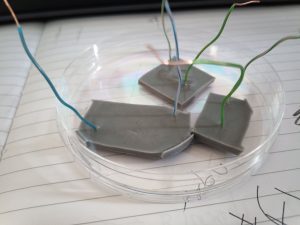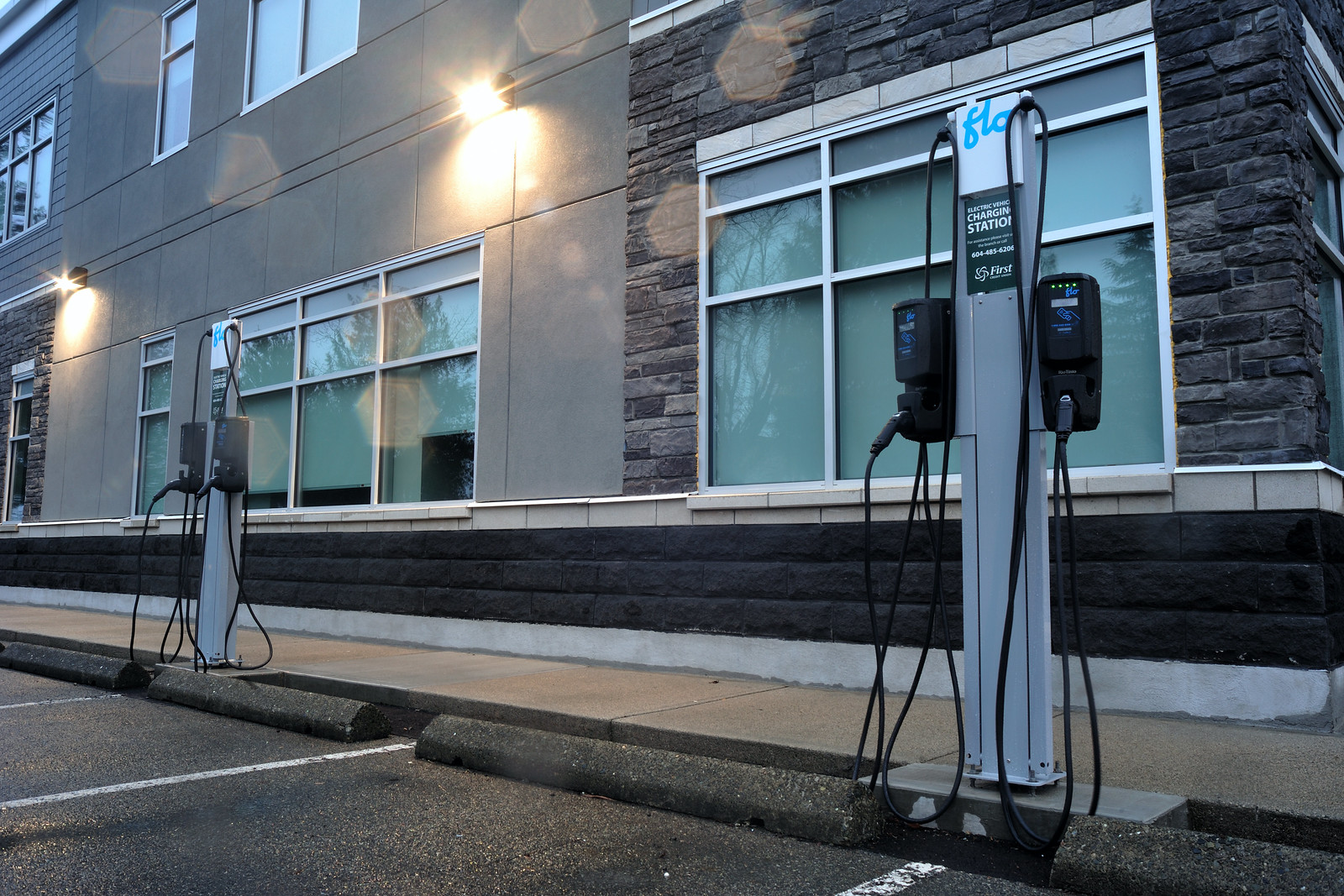Will Tiny Generators Pave The Way For Self-Charging Smart Tech?

A study suggests that self-charging smartwatches and health trackers could be a step closer following the development of tiny mechanical devices by movement. Housing Industry Leaders looks at what this could mean for the next generation of batteries and smart textiles.
In recent decades, advancements have been made in scientific research and the development of wearable electronic devices, such as smartwatches, physiological sensors, and prosthetics.
Advancements show an increasing potential for portable and personalised technology. Particularly for applications such as continuous health condition monitoring and human motion detection.
Wearable devices of the future will need to simultaneously monitor several physiological points of interest but will be able to maintain lightweight, comfortable, and robust designs.
All electronics integrated into such devices will require a power supply. Currently, batteries are the most reliable and economical means of powering. However, they are not space-efficient and usually are the reason for the wearable device size.
A new approach has been created that could improve wearable electronic devices
Engineers from the University of Edinburgh have developed a technique to create versatile materials that generate electricity by harnessing the energy produced by the movement of the human body.
Devised by a team of PhD students, the method creates so-called piezoelectric materials more quickly and efficiently than previous techniques. Potentially, this could make scaling up production easier.
The team devised this new approach by tweaking the chemistry used in the production of ultrafine fibres of a material called PVDF, a versatile substance that generates electricity when pressure is applied to it.
Using a high-voltage super supply, 3D sponge-like materials from the fibres can be made. They are cut into 1cm2 pieces, fitted with electrodes and wires, and encased in silicon.

Credit: Francisco Diaz Sanchez
The approach could replace conventional batteries
Tests of the devices’ power output have shown that they can produce 40 microwatts of electricity per square centimetre, twice as much as the most powerful type of existing piezoelectric generator.
Further development of the structures could potentially extend the life of or replace conventional batteries in wearable technologies. Researchers say that this could help to reduce electronic waste and energy consumption.

Credit: Francisco Diaz Sanchez
PhD student, Francisco Diaz Sanchez, of the University of Edinburgh’s School of Engineering, who led the research, said: “With ever-growing interest in the development of electronic wearable devices and implants, the generation of electronic waste and the limitations associated with battery capacity remain some of the key challenges to overcome. The materials we have developed bring us one step closer to the sustainable development of wearable electronics.”
In the next generation of smart textiles, the materials could be woven into products such as motion-sensing clothes that monitor breathing and heart rate. These developments could not only improve the development of wearable electronics but have a positive effect on how health is monitored.

